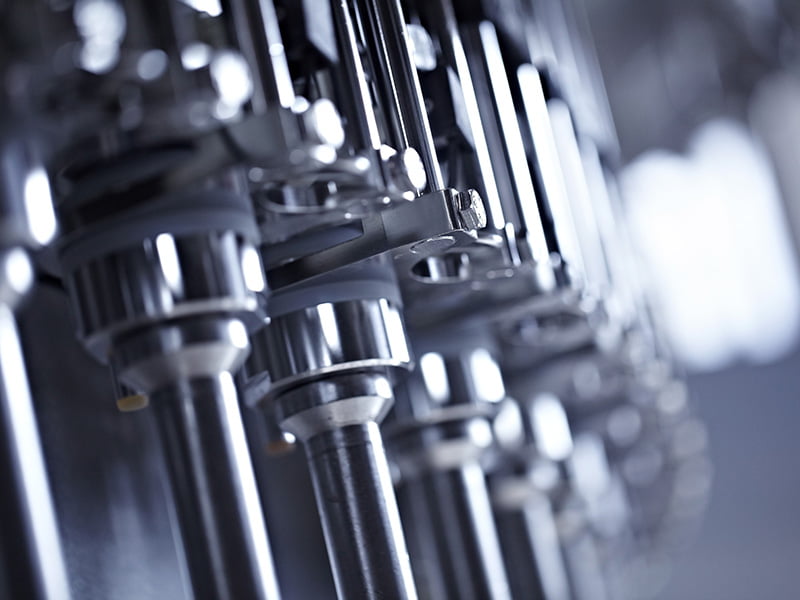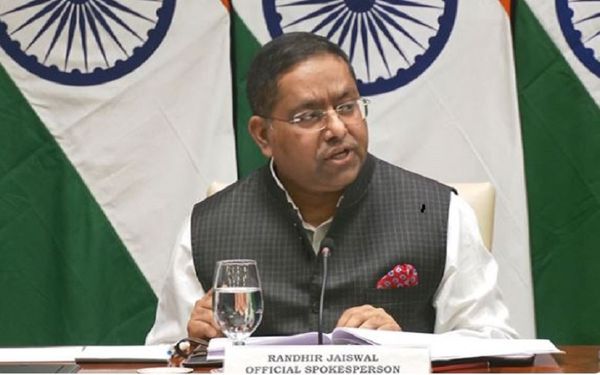In rolling out his government’s response to the massive industrial subsidies being offered in the United States through its Inflation Reduction Act, you couldn’t accuse Anthony Albanese of being a ‘first mover’.
In fact, the Albanese government has been slow in getting to the party. The European Union, Japan, South Korea, Canada and other comparable nations have each had policy responses in place for some time.
And yet the Australian response, while short on specific detail, is consistent with everything the Prime Minister and his senior colleagues have been saying on industrial policy since before the 2022 election.
Australia had been on this path toward a more interventionist industrial strategy in relation to manufacturing and onshore capability development – and especially in energy transition and renewables – long before US president Joe Biden signed the IRA into law in August 2022.

There is an interesting timeline that is worth exploring in relation to Mr Albanese’ landmark industry policy address in Brisbane on Thursday.
The Prime Minister has been consistent about where he wants to get to on industrial outcomes and has made clear his appetite for a more interventionist role for government.
As Opposition leader he unveiled the $15 billion National Reconstruction Fund in March 2021, more than year prior to the 2022 poll as one Labor’s earliest election commitments. At the time he said the NRF would “create secure jobs for Australian workers, drive regional economic development, boost our sovereign capability and diversify the nation’s economy.”
He followed this by announcing Labor’s Buy Australian Plan in August 2021, thereby setting Labor down a path of attaching government procurement to industry outcomes.
These policies were not radical thinking, but in Australian political terms, they were not without risk.
You only have to look at Malcolm Turnbull’s near-death experience at the 2016 election after driving his ‘Ideas Boom’ hard for six months to see that front-running industry policy as political strategy is fraught.
The point is that Anthony Albanese has now been talking up this new era of direct government intervention consistently for more than three years and has been methodical in building a drumbeat of programs under that banner – from the $2 billion hydrogen headstart to the $1 billion SunShot subsidy program announced in the NSW Hunter region last month.
So, when the Prime Minister told the Queensland Media Club this week that his government would introduce a ‘Future Made in Australia Act’ to bring a whole range of initiatives into a single administrative arrangement, it was not a new direction for government. No-one is going to get whiplash.
The new arrangements would enable the government to be “a more strategic, more sophisticated and more constructive contributor” to the national economy and would give it “sharper elbows when it comes to marking out our national interest,” he said.
The hot-take criticisms of a speech that outlines new arrangements for managing this kind of government intervention on industrial policy is a little weird given the consistency of the message.
What would have been useful from the Prime Minister this week would have been more detail about how these arrangements will work.
It is not clear which portfolio will manage the Future Made in Australia Act and where it will land in the published administrative arrangements, nor who will be the minister responsible for shepherding the legislation through the parliament.
The NRF has Industry and Science minister Ed Husic and Finance minister Katy Gallagher as shareholder ministers, although the Industry portfolio is the clear driver. Finance hosts the Future Made in Australia Office (FMiAO) and the Buy Australian Plan.
But the SolarShot and Hydrogen HeadStart are within the Energy portfolio, with a bunch of other programs from ARENA to the Clean Energy Finance Corporation. Other important instruments and institutions are spread across government.
The Net Zero Economy Agency is in the Department of Prime Minister and Cabinet, and this may be where this over-arching authority under the Future Made in Australia Act will land.
This would be a good thing. Industry policy is hard. It is spread across the breadth of government. Shifting the needle on industrial outcomes in Australia – which have atrophied across 40 years of let-the-market-decide disinterest – requires top-down leadership and coordination.
The Prime Minister has made manufacturing and reindustrialisation – together with the renewables opportunities of the energy transition – a central theme of his government from the start.
Conventional thinking would say that Industry policy does not win elections, and that in the seat-by-seat calculus of a campaign it does not decide election outcomes.
But the electorate is not indifferent to these programs, particularly in the regions and especially in geographies where industries are in transition. The steady drumbeat of substantial programs that are aimed at throwing a lifeline to workers while addressing climate/energy issues is powerful over time.
But where the government has been consistent in the messaging of its government support programs, in practice the implementation of support has been uneven.
The NRF is an ambitious program. There is a lot of money involved. It is prudent that all care is taken to get the systems and people and processes in place to maximise the value of the scheme, this has taken time.
Labor was elected in May 2022. The NRF legislation was passed just over a year ago in March 2023. The board was not appointed until August 2023. The NRF Corporation became operational in September 2023. Time flies.
The NRF Corporation was given its investment mandate in November last year – at which point its shareholder ministers declared it ‘open for business’ – while its CEO Ivan Power was finally appointed in February.
The NRF has not made any investments to this point. It can’t be far off. The corporation said “it been proactively meeting with businesses, investors, institutions and industry associations to build a deeper understanding of market dynamics and explore how we might work with partners to facilitate flows of capital that develop Australian industrial capability.”
It seems like a long time, but most would agree it understandable that the NRF hastens slowly.
But where the industry does get cranky is that Labor’s focus on ‘budget repair’ – on delivering budget surpluses – has been done at the expense of a series of industry grants programs.
Critics say that the political imperative to change the narrative about which party is the better ‘economic manager’ has meant the federal government turned the tap off industry support through initiatives like the Entrepreneurs Programme and the Industry Growth Centres – even as it spruiked the NRF and other new initiatives that have taken time to stand up.
The result is that since the 2022 election, hundreds of millions of dollars in grant funding to local industry has been taken from the system.
While the new $397 million Industry Growth Program – a surprise inclusion in the 2023 budget – is supposed to fill the gap, it has not yet approved any grants. This has left a giant funding hole that has been felt across industry.






